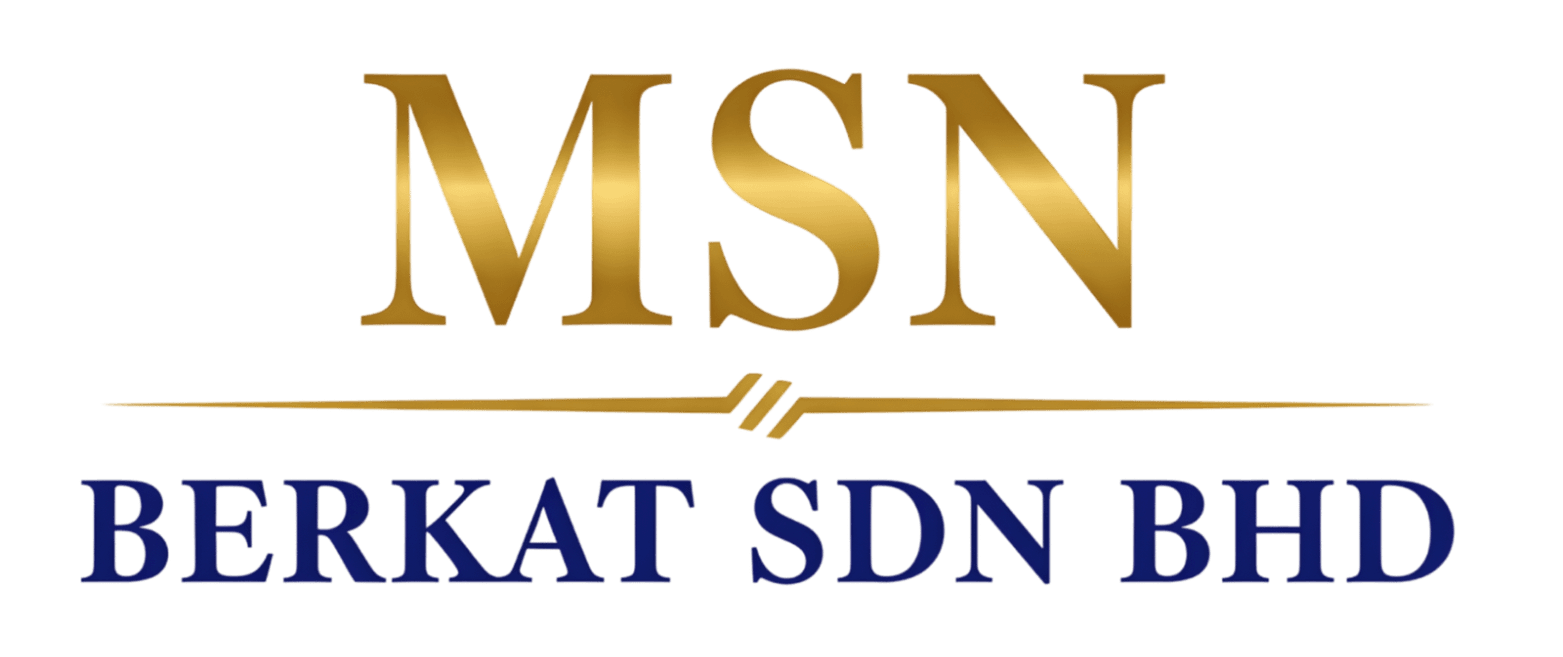Top Construction Trends in Malaysia: What to Expect
Introduction to Malaysia's Construction Landscape
As one of Southeast Asia's rapidly developing nations, Malaysia's construction industry is experiencing significant growth and transformation. This vibrant sector is driven by increased urbanization, technological advancements, and a focus on sustainable development. In this blog post, we explore the top construction trends shaping the industry in Malaysia and what to expect in the coming years.

Emphasis on Green and Sustainable Building
Environmental sustainability is becoming a key priority in Malaysia's construction industry. Developers are increasingly adopting green building practices to reduce carbon footprints and enhance energy efficiency. This shift is supported by government incentives and regulations promoting eco-friendly construction methods.
One notable trend is the incorporation of green technologies such as solar panels, rainwater harvesting systems, and energy-efficient HVAC systems. These innovations not only help in reducing environmental impact but also offer long-term cost savings for building owners.
Adoption of Smart Technologies
The integration of smart technologies into construction projects is reshaping how buildings are designed and managed. Internet of Things (IoT) devices, Building Information Modeling (BIM), and smart sensors are increasingly being used to improve accuracy, efficiency, and safety on construction sites.
BIM, in particular, allows for enhanced collaboration among architects, engineers, and contractors by providing a digital representation of a building's physical and functional characteristics. This technology helps in identifying potential issues early in the design phase, reducing delays and cost overruns.

Growth of Modular Construction
Modular construction is gaining momentum in Malaysia due to its ability to reduce construction time and labor costs. This method involves prefabricating building components in a factory setting before transporting them to the construction site for assembly. It offers numerous benefits, including faster project completion times, improved quality control, and reduced waste.
As demand for affordable housing continues to rise, modular construction provides an efficient solution to meet this need while maintaining high standards of quality and sustainability.
Focus on Infrastructure Development
Infrastructure development remains a central focus in Malaysia's construction sector. The government's commitment to improving transportation networks, such as highways, railways, and airports, is driving substantial investment in infrastructure projects across the country.
These developments are not only crucial for enhancing connectivity within Malaysia but also for boosting economic growth and attracting foreign investment. As infrastructure projects continue to expand, they create numerous opportunities for construction companies and related industries.

Conclusion: The Future of Construction in Malaysia
In summary, Malaysia's construction industry is undergoing transformative changes driven by sustainability, smart technologies, modular methods, and infrastructure development. These trends are setting the stage for a more efficient, eco-friendly, and interconnected future.
As the industry continues to evolve, stakeholders must stay informed about emerging trends to capitalize on new opportunities. Embracing innovation and sustainable practices will be key to thriving in Malaysia's dynamic construction landscape.
